Author’s note: This is the first of a several-part series on Toledo, the so-called “Forgotten District” in the south of Belize. As for myself, I know I will never forget.
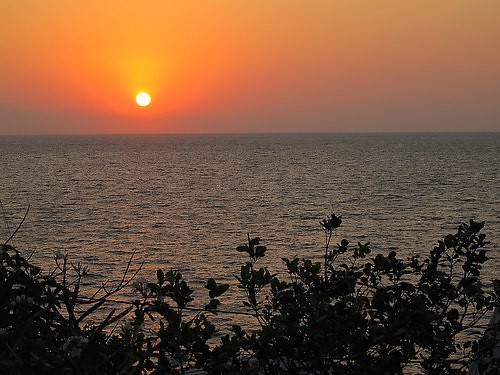
PUNTA GORDA TOWN, Toledo District, Belize – White-capped waves are slapping the shore along Front Street, sparkling in the first light of day. Rhythms with their roots in distant Africa resonate from the Catholic Church, while at the other end of town, Mayan women in their shiny satin dresses, hair pulled up in tight buns, arrange their fresh cabbage, squash and greens to the plaintive ranchero of a Guatemalan radio station from across the border.
Later, the town square will ring with the melodies of Maya marimba musicians, facing off for their annual competition; in the evening, a Garifuna punta session breaks out on the balcony of The Reef Bar, its infectious drumbeats echoing out over the waves.
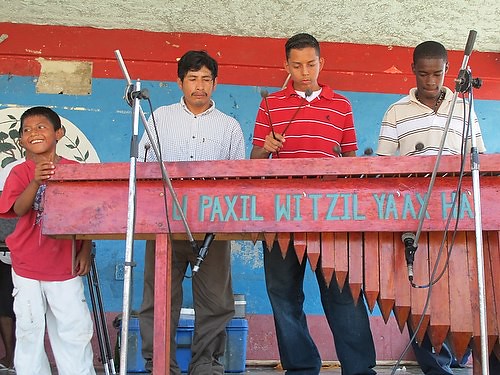
But most tourists won’t stick around to hear that. They’re already shouldering their packs, headed out to the tiny one-horse port for the first boat to somewhere: Livingston or Puerto Barrios, Guatemala, to the south, or catching buses or planes to beach destinations like Placencia, Dangriga or Caye Caulker to the north. Others head north to San Ignacio for a rainforest adventure, and then on to Flores and the Tikal ruins in Guatemala.
A few of them stop long enough to see what I see, and decide to stay on for a while. Here in tiny Punta Gorda, the forgotten center of commerce for the so-called Forgotten District, Garífuna and Creole, Maya and East Indian mix in a savory blend that can only be found in the South of Belize. Elsewhere in the Toledo District, blue-tinged rivers flow through the Maya Mountains; Lubaantun and other Mayan ruins await the seekers of ancient mysteries.
When I began to understand the unique blend of culture and nature that Toledo has to offer, I asked myself, why don’t more of those tourists stick around?
Luxury lodges tucked away in the jungle, like the Cottontree Ecolodge, and others here in town, like the Blue Belize and Seafront Inn along the waterfront, provide upscale accommodations and a range of package tours. On the other end of the spectrum, budget travelers are offered a range of comfortable places with character, like Nature’s Way Guest House.
The local bus system can take you to the ruins or to a Maya or Garífuna village to stay in a thatch-roof guesthouse and learn their ways. And local tour groups like the nonprofit TIDE Foundation offer outings in the Sarstoon-Temash National Park, the Machaca Forest Reserve and the Columbia River Forest Reserve, home to jaguars and peccaries, tapirs and toucans and a host of other tropical species.
I end my morning walk back at a shady seat on the front porch of Nature’s Way, a fresh cup of coffee in hand as I watch the town awake around me. As a travel writer with an interest in the environment – or an environmental writer with an interest in travel – I find myself drawn to such places. As idyllic as it seems, however, it’s also a place of great hardship and struggle – the poorest district in an already poor country, which at one time was believed to have the highest per-capita concentration of Peace Corps workers in the world. Local residents tell me that a greater investment in sustainable tourism could make an enormous difference.
I dedicated the past couple of weeks to delving into this question, talking to locals and reading up on the history of the place. The people charmed me; the history intrigued me, and the unfulfilled dreams of a hardworking group of visionaries called me to learn their story. I’ll be reporting on them in the days ahead. Meanwhile, here are some highlights from my time in Punta Gorda Town.
Created with Admarket’s flickrSLiDR.
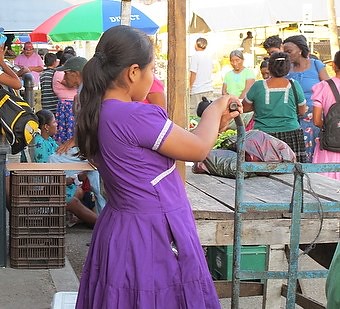
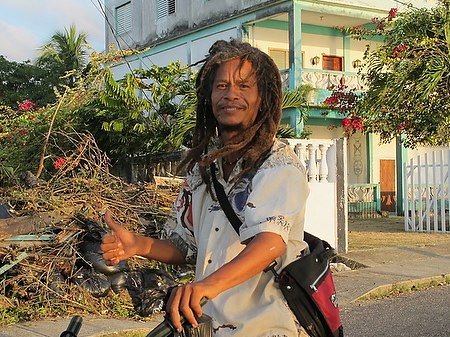
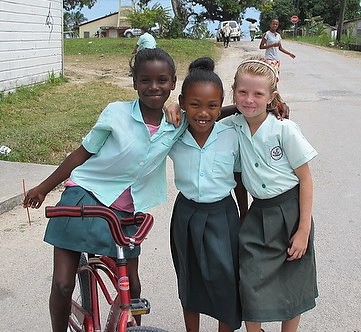

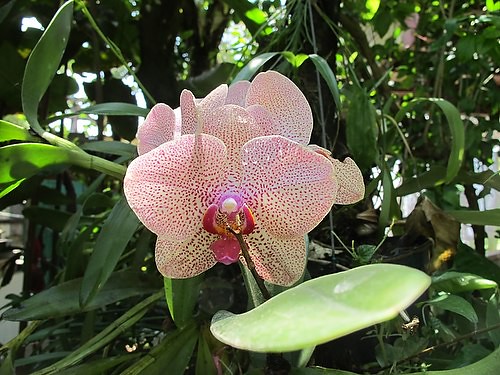

Leave a Reply